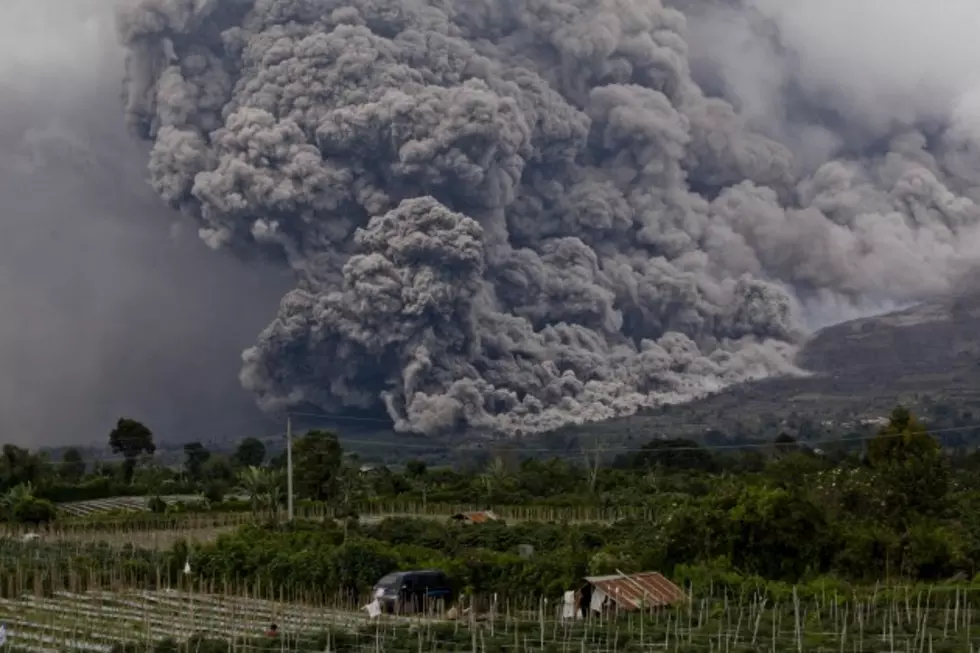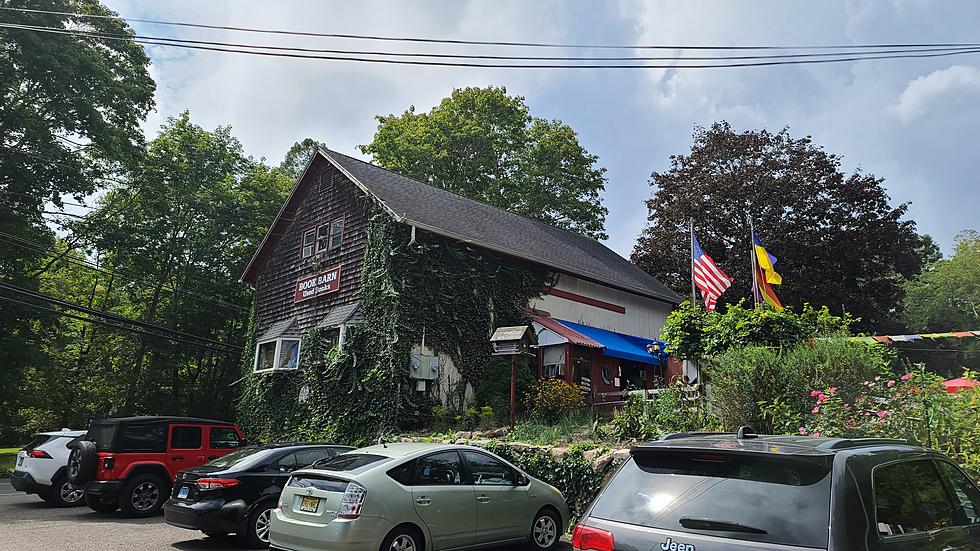
Think We’ll Ever See The Yellowstone Supervolcano Erupt?
This past Sunday, Yellowstone National Park experienced an earthquake to the tune of 4.8 on the Richter Scale which is the most significant one in almost 30-plus years. This fact and others have since sparked a flurry of discussion as to whether or not the supervolcano (yeah, as if regular volcano isn't enough) that exists under the park is about to blow which would would effectively wipe out half of the U.S. in a single day. It looks as if just like most of the rumors we hear of, scientific evidence says otherwise.
Apparently this same supervolcano has erupted a handful of times before, but lest you're scratching your head because you don't remember, that's because you wouldn't. The most recent of it's three eruptions was reportedly 640,000 years ago (how do they KNOW this stuff?) and based on historic patterns, the next one is a good million years out or so.
“We know the behavior of the past and we know at what comparative stage Yellowstone is right now. We think Yellowstone is currently on a third cycle, and it’s a dying cycle. We’ve observed a lot of material that represent recycled volcanic rocks, which were once buried inside of calderas and are now getting recycled. Yellowstone has erupted enough of this material already to suggest that the future melting potential of the crust is getting exhausted.”
But that's just Yellowstone. Supervolcanoes have erupted elsewhere on the planet too, the most recent of which happened only a paltry 74,000 years ago in Indonesia causing some serious globe-changing damage. So, what exactly would happen if one of these sleeping giants decided to psych us out and wake up early? Well, by comparison to smaller devastating eruptions that we HAVE seen in our lifetime like Mt. St. Helens and Mt. Pinatubo in the Phillippines, both released between one and ten cubic kilometers of material which killed hundreds with widespread damage and even decreased global temperatures for years afterward, the Yellowstone one would release 1,000 cubic kilometers of material when it finally does blow. So, when they say super, they aren't kiddin'. Watch.
[EarthSky]
More From 96.1 The Eagle



![Powerful Mount Sakurajima Volcano Rocks Japan for Astounding 500th Time in 2013 [VIDEOS]](http://townsquare.media/site/241/files/2013/08/Volcano.gif?w=980&q=75)





